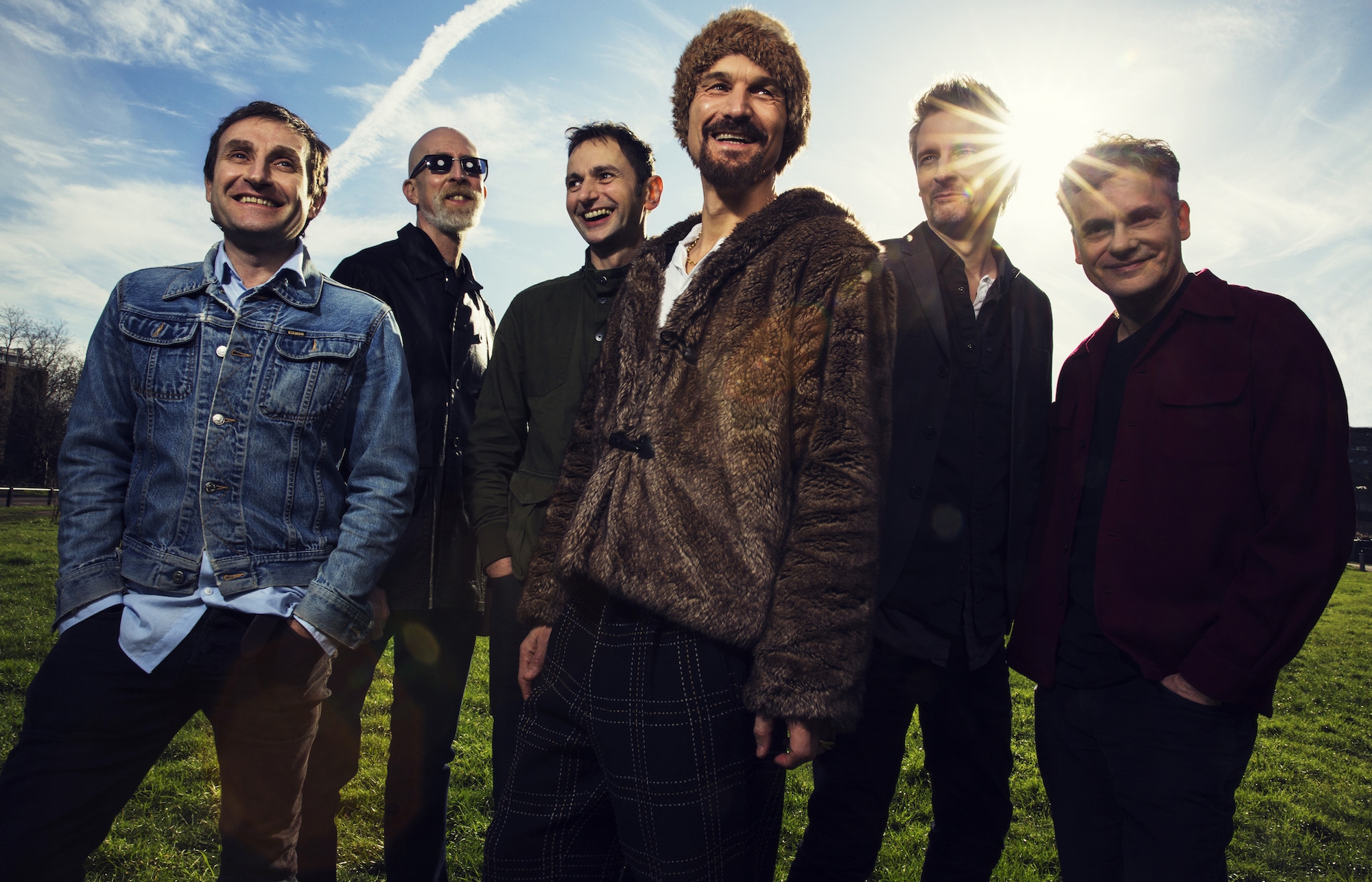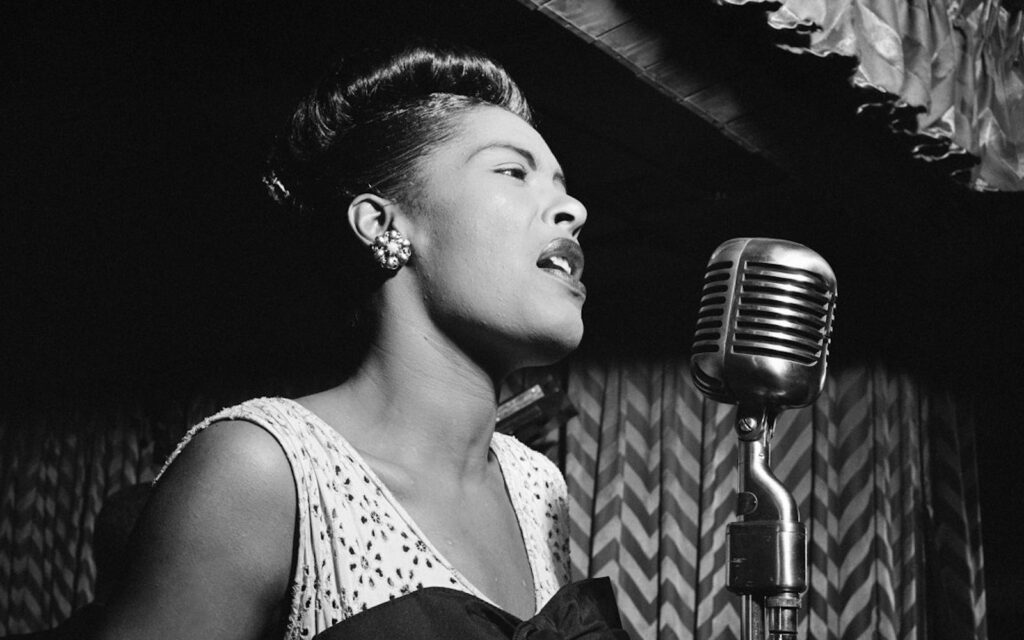“I think it was necessary that we took our time away from another,” says Saul Davies, who joined the band back in 1989 and contributes guitar, violin and backing vocals. “By the time James ended in 2001, we were always at one another’s throats. It was very timely when it all came to a close. We had no inclination to get back together until maybe six years later – and initially, that was purely just to make music together. That’s the thing, I think, that properly kept us going once we got back together. We weren’t interested in nostalgia. We weren’t even interested in playing live or releasing anything at that point. It was more about making something new, and rekindling the relationships between each of us in the band. Time had done its work, healing the tension, and we found ourselves in a good situation. It was a bit like starting again, in a lot of ways.”
We’re now eight years into James 2.0, which retained all of the members from its final lineup save for guitarist Michael Kulas. They’ve released four albums since their return – 2008’s Hey Ma, 2010’s simultaneously-released The Night Before and The Morning After, and last year’s Le Petite Mort. They’ve followed that up less than a year later with their 14th LP, Girl at the End of the World, which is the kind of productivity that most veteran acts could barely comprehend in their prime, let alone on their second go-around.
“It’s funny – we’re in the 35th year of James being a band, and this is our 14th album,” says Davies. “With that being said, it all genuinely feels really fresh again. It’s certainly a time when a lot of bands in our position would just be going through the motions, but that’s not what this feels like at all. If you listen to any of the records that we’ve put out since we got back together, I think you’ll agree that we’re not a band that’s exactly devoid of ideas. We’re very much driven creatively to continue working together, which is certainly a buck of the trend. Everything we’re doing now is so gratifying – we get to play some amazing shows, we get to play music that we’re really proud of and we get to connect with a fanbase that has seen us through everything. That’s more than enough for us.”
Davies goes on to explain the finer points of their current setlist, which also deviates away from Girl at the End of the World, and isbalanced by both the obscure and the not-so-obscure. “There will be a few tracks that we’ll play that people seem to still really love – there’s a song called She’s a Star which we’re going to do in a completely new way,” he says. “And we’ll be doing our song Sometimes as well. Our shows are very much designed for people who have been long-time fans – occasionally, we’ll throw in a super weird B-side or something like that, and see those few faces in the crowd light up because they never thought they’d hear us play it. We’re looking at songs to make moments like that, and not just the obvious big sing-along moments.”
BY DAVID JAMES YOUNG







